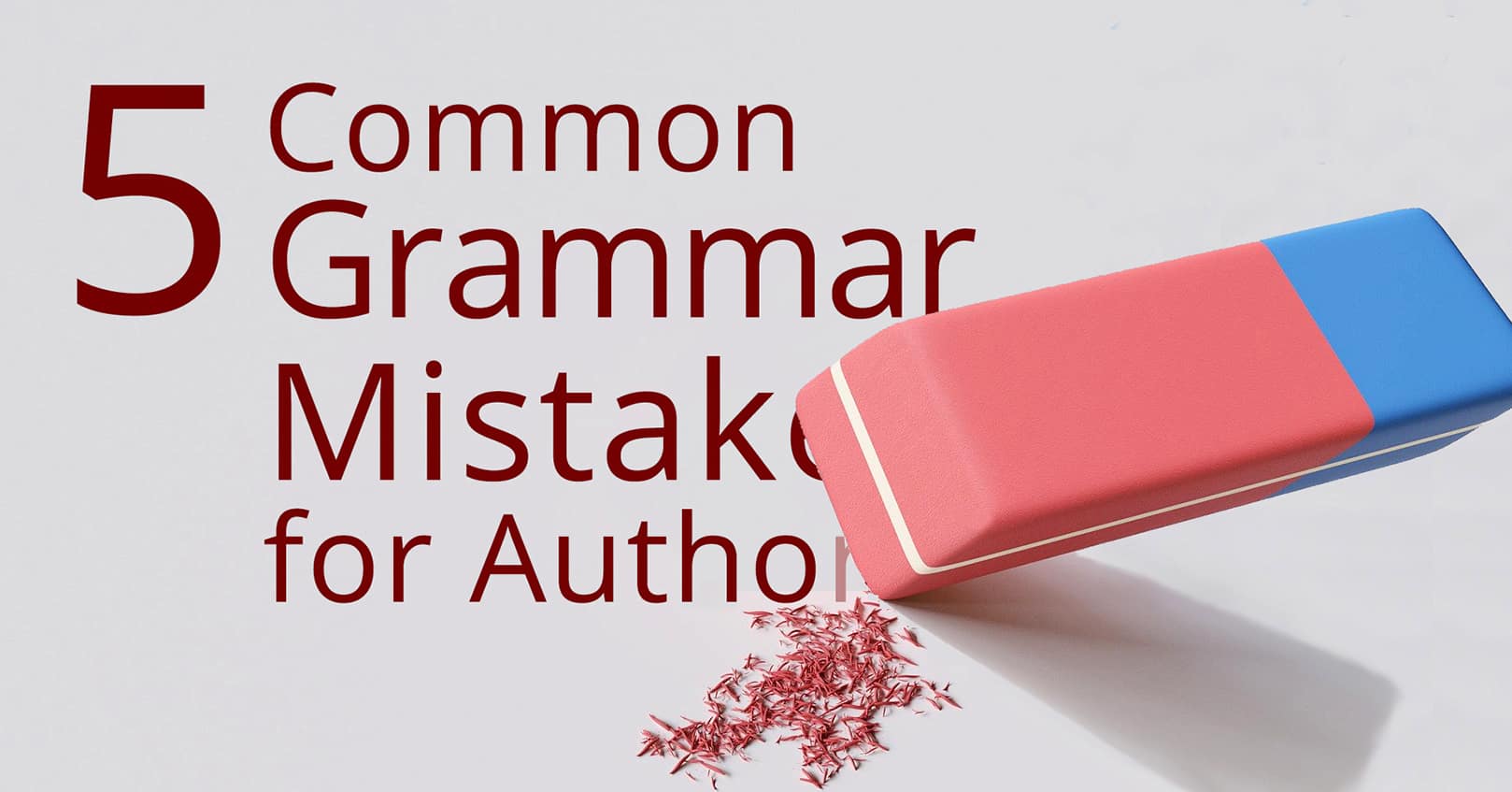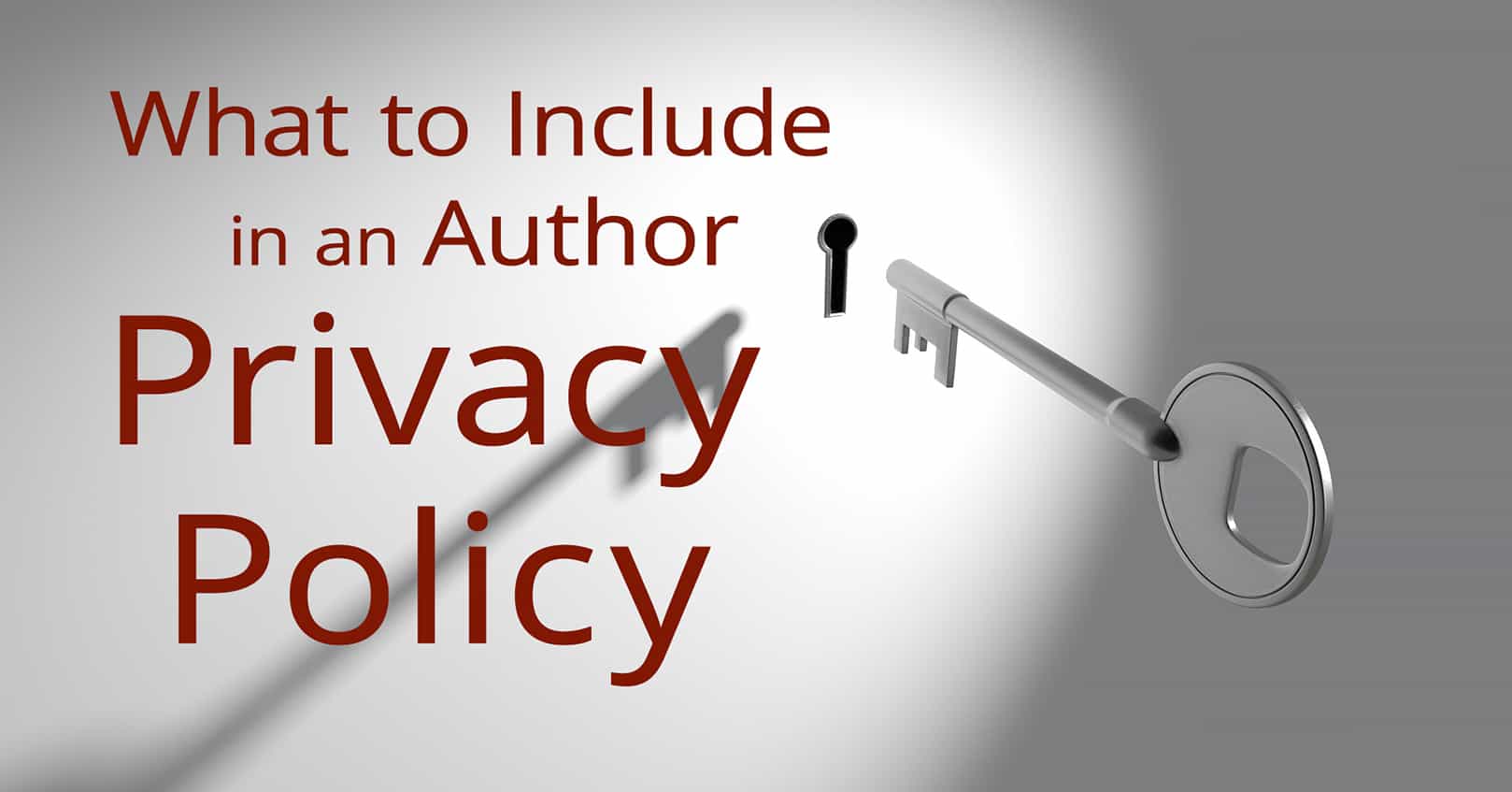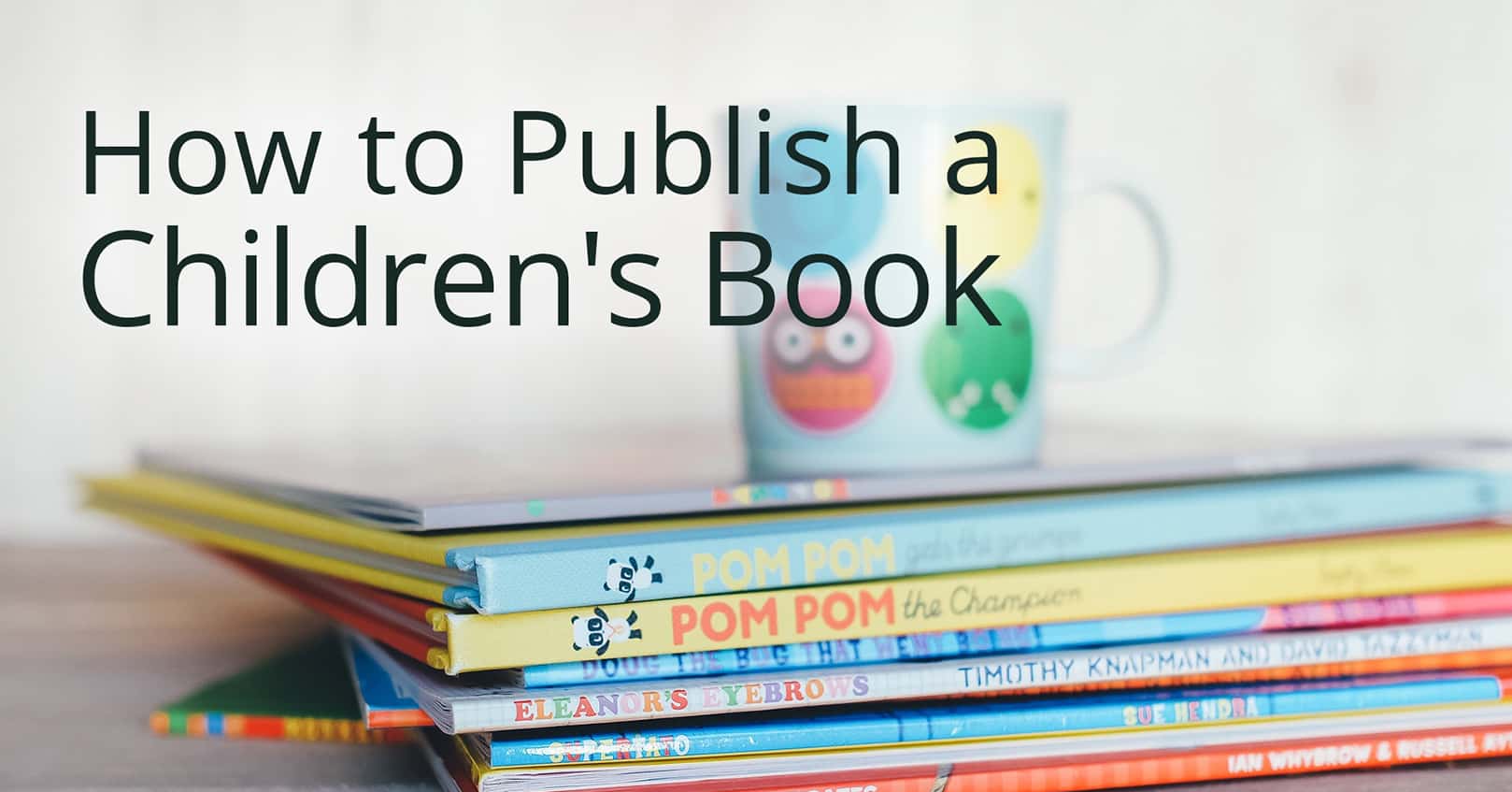
At Book Cave, we’ve seen our share of interesting grammar mistakes. Here are 5 common grammar mistakes that we notice even accomplished authors sometimes make. Keep an eye out for these in your writing!
1. Parallel Structure
In a List
Parallel structure has two parts. The first, parallel items in a list, authors usually get right. For example, every list item needs to be parallel: they should have the same structure, whether that is a verb+noun structure, a noun-only structure, a preposition+noun structure, an -ing structure, and so on. In the sentence, “I am eating cake, watching television, and putting my feet up,” each of the list items is a verb, followed by a noun. Removing one of the verbs would make the lists not parallel and confuse readers. This same thing can be done for longer lists items.
Parallel (with verb+noun structure, and -ing verbs): I am forking huge mouthfuls of delicious, chocolatey cake into my eager, watering mouth, watching a suspenseful crime show on my new 4k television, and putting my aching feet up so I can recover from a long, stressful day of work.
Not parallel (“need to” is not an -ing verb): I am forking huge mouthfuls of delicious, chocolatey cake into my eager, watering mouth, watching a suspenseful crime show on my new 4k television, and need to put my aching feet up so I can recover from a long, stressful day of work.
Not parallel (every list item either needs its own verb or no verb): I am forking huge mouthfuls of delicious, chocolatey cake into my eager, watering mouth, watching a suspenseful crime show on my new 4k television, and my new maid cleaning the kitchen.
With Correlative Conjunctions
But the other aspect of parallel structure is a little trickier to spot; it happens with neither/nor, either/or, not only/but also, both/and, if/then, as/so, and other similar structures. These words are called correlative conjunctions. With these structures, whatever comes before the correlative conjunction applies to both phrases, and whatever comes after either of these words only applies to the one phrase. Here are some examples.
Parallel:
She not only loved to eat chocolate but also loved to watch television.
She loved not only to eat chocolate but also to watch television.
She loved to not only eat chocolate but also watch television.
Not parallel:
She not only loved to eat chocolate but she also loved to watch television. (“she” is repeated but shouldn’t be)
She loved not only to eat chocolate but also loved to watch television. (“loved” is repeated but shouldn’t be)
She loved to not only eat chocolate but loved to also watch television. (“loved to” is repeated but shouldn’t be)
Read more about parallel structure in this blog post.
2. Me, I, and Myself
“Me” is an object, “I” is a subject, and “myself” is reflexive.
When in doubt over whether to use “me” or “I,” you can simplify the sentence:
Caroline, my best friend, and I kicked our feet up to watch our favorite program.
Simplified: I kicked my feet up.
The clerk gave Caroline and me a strange look at our movie choice.
Simplified: The clerk gave me a look.
You can read more about “I” versus “me” in this blog post.
The word “myself” is rarely correct. It is reflexive, meaning it is only used when the person speaking is the object of their own action. It is usually used these ways:
I see myself in the mirror.
I will do it myself.
I love myself.
I myself disagree.
“Myself” is often incorrectly used where “me” should be used.
Correct: He gave it to Caroline and me.
Incorrect: He gave it to Caroline and myself.
3. Serial Comma
The serial comma is that last comma that comes before “and” in a list. The Chicago Manual of Style recommends using the serial comma to prevent people from misreading the text.
Correct (and clear): I opened my eyes to see my best friend, a clown, and a detective. (Unless your best friend is a clown and a detective, then that last comma is needed).
Read more about comma usage in this blog post.
4. Wrong Words
It can be easy writing the wrong word because spell check doesn’t catch it. These words are usually homophones, or close to being homophones. Here are two lists of wrong word choices that we see a lot.
Misused Words
In each of these sets, both of the words are actual words, but they have different meanings (some of them very different meanings).
Note: Definitions are take from Merriam-Webster’s Dictionary.
- taught versus taut
taught: to help in learning how to do something, show how
taut: having no give or slack, tightly drawn
- affect versus effect
Affect is the verb, effect is the noun.
- allude versus elude
allude: to make indirect reference
elude: to avoid adroitly, evade
- pique versus peek versus peak
pique: to excite or arouse especially by a provocation, challenge, or rebuff (it piqued her interest), a verb
peek: to look furtively, a verb
peak: a sharp or pointed end, a noun
- lose versus loose
lose: to miss from one’s possession or from a customary or supposed place, a verb
loose: not rigidly fastened or securely attached, an adjective; also, to let loose, a verb
- reign versus rein
reign: the dominion, sway, or influence of one resembling a monarch
rein: a strap fastened to a bit by which a rider or driver controls an animal—usually used in plural
- assure versus insure versus ensure
assure: to make sure or certain, convince; implies the removal of doubt and suspense from a person’s mind
insure: to provide or obtain insurance on or for, or to make certain especially by taking necessary measures and precautions; stresses the taking of necessary measures beforehand
ensure: to make sure, certain, or safe, guarantee; may imply a virtual guarantee
One good way to catch these words is to search for them while doing an edit of your novel.
Incorrect Phrases
These are incorrect phrases, where the incorrect phrase sounds very similar to the correct one but in reality makes no sense.
- sleight of hand, not slight of hand
- bated breath, not baited breath
- whet your appetite, not wet your appetite
- bald-faced lie, not bold-face lie
5. Overused Em Dashes
An em dash is used to set off parenthetical information and appositives, to show an abrupt ending in dialogue, or to show an abrupt change of thought. It is this last usage that often gets overused; authors think the sentence shows an abrupt change of thought, but in reality, a comma would work better. Here are some examples:
Good use of an em dash: What he’d told her didn’t match her knowledge of the situation—unless everything she’d been told was a lie.
Overuse of an em dash:
She didn’t think it was true—but maybe it was. (“She didn’t think it was true, but maybe it was” is likely just as effective, depending on the context.)
With all the lies she’d been told—she wasn’t sure what to believe. (This is incorrect use of an em dash; it should be “With all the lies she’d been told, she wasn’t sure what to believe.”)
Em dashes can also be overused even if they are technically being used correctly. Em dashes make your writing choppy, and if you use too many, the reader can’t get into the flow of the book. If you have more than two em dashes in a paragraph (or one each in several subsequent paragraph), read the paragraph(s) out loud to see if they are too choppy, and remove any excessive em dashes.
We hope these common grammar mistakes helps you while self-editing your novel. Let us know if you have any questions in the comments below.















Comments